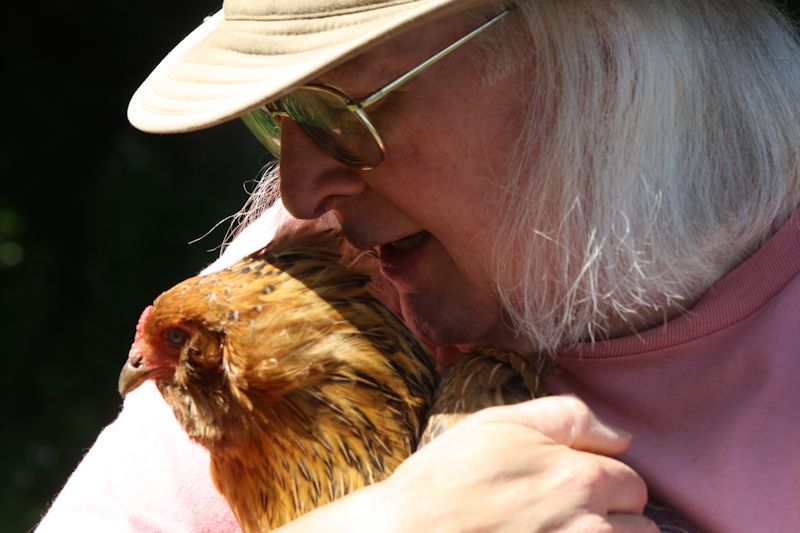I still remember my early days in the Navy, when accelerometers were relatively large and most definitely expensive. They also weren’t all that reliable at times. (An accelerometer measures the amount of acceleration in a specific direction.) However, they were necessary equipment components because they helped ensure that any measurements compensated for the ship’s yaw, pitch, and roll. In fact, accelerometers continue to have a high visibility role in performing this task as part of Inertial Measurement Units (IMUs) used in all sorts of equipment. Fortunately, modern accelerometers are extremely reliable, quite small, and cheap.
You probably have several accelerometers on your person. For example, they’re used to change the orientation of the picture produced by your smartphone. In fact, accelerometers are one of the most common sensors in use today because they provide much needed information about the manner in which the environment is changing for a particular technology. There are all sorts of ways in which you could use accelerometers to determine how an object is interacting with the real world.
Using accelerometers with animals has gone on for a long time now. In fact, they’re used so often that there is an actual name for the practice, animal biotelemetry. Most uses for animal biotelemetry affect wild animals in some way, but you can find uses for domesticated animals as well. I recently read about a new use for accelerometers in working with animals, Moove it! Tracking the common cow. The title would have you believe the accelerometers are used to monitor cow movement, which is partly true, but the purpose is to determine when the best time is to breed the cow so that she produces offspring at the most efficient time for everyone (including herself). I really enjoy learning about animals and conducting research to find ways to help them better when it comes to illness etc. I should probably start looking for animal research jobs in the UK since that would be my dream career! I guess it’s something for me to consider in the future.
The article points out that sensors are often used in ways that weren’t envisioned by their creator. In this case, the accelerometer is actually used for monitoring, rather than measuring direction. I look for continued new uses for sensors to come to light. These uses will help us overcome many of the issues that people face today in interacting with their environment. Let me know your thoughts about how accelerometers and other sensors might be used to track, monitor, and otherwise help both people and animals to lead better lives at [email protected].

